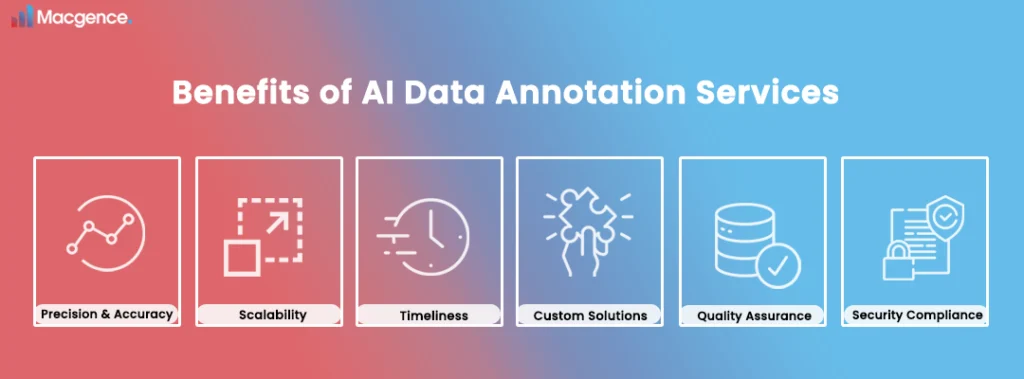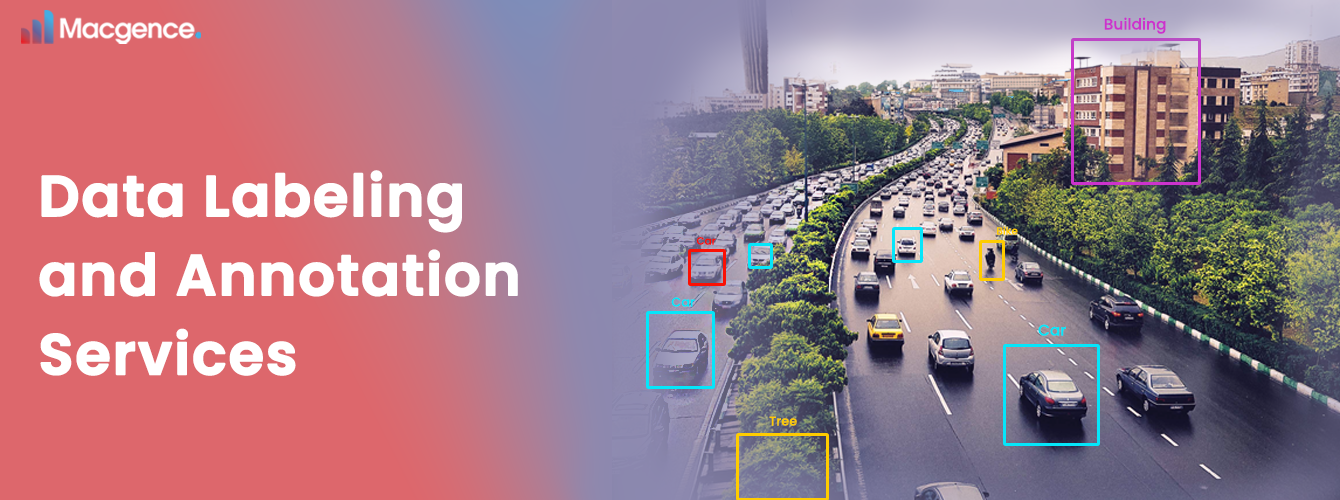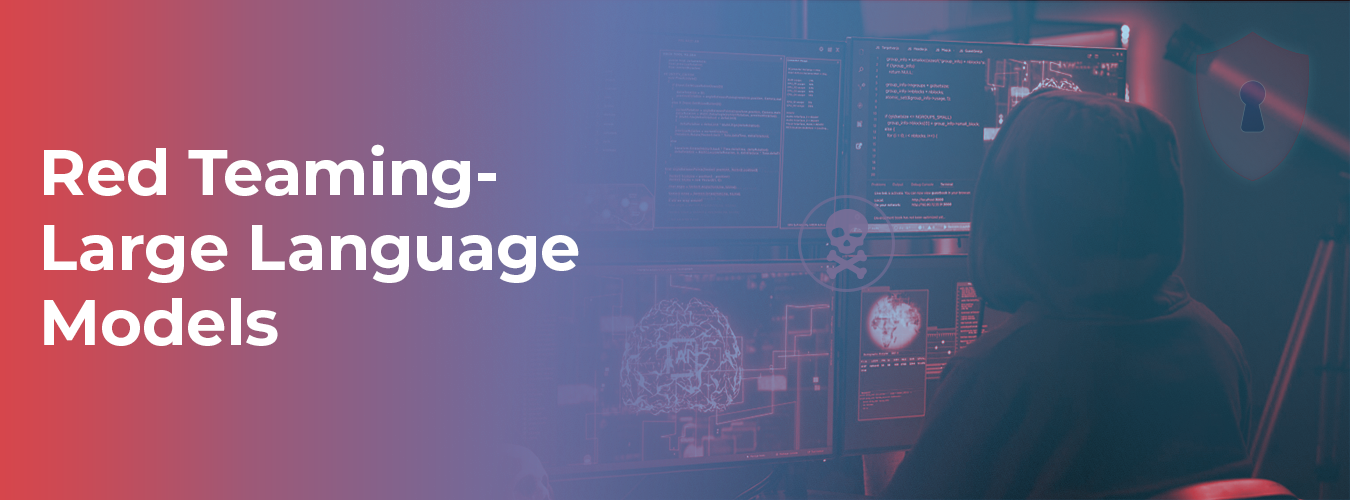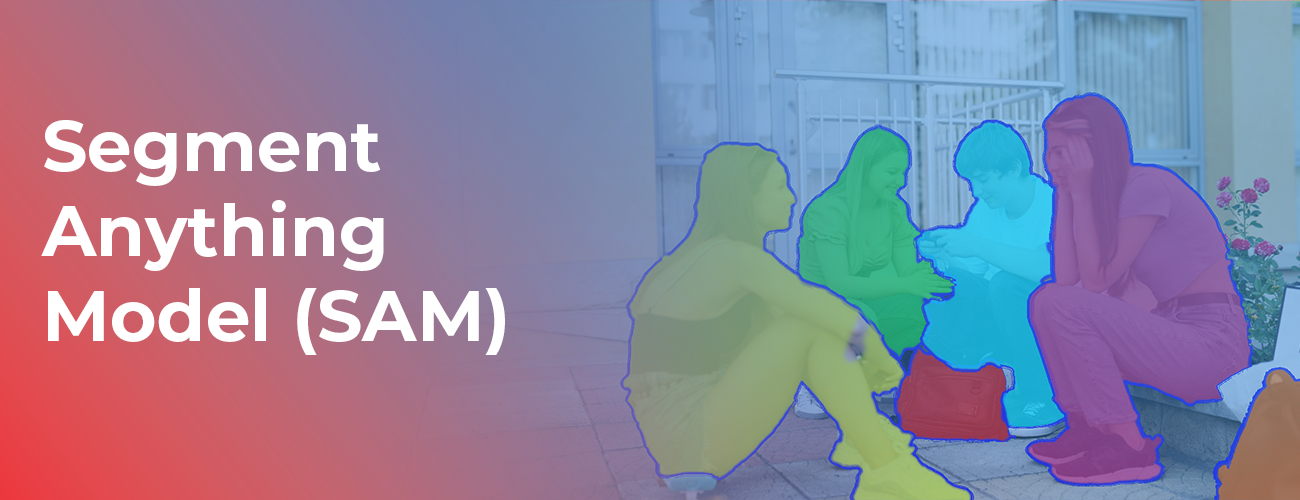Organizations frequently depend on two crucial procedures, data labeling, and annotation services, to derive significant insights and fully utilize the power of data. In order to facilitate efficient classification and analysis, data labeling entails giving raw data descriptive and meaningful labels.
As the basis for training machine learning models and deriving insightful information, it is essential to utilize data-driven decision-making. Improving model accuracy, facilitating the extraction of accurate information, and improving the overall data quality are the main goals of data labeling. And In this blog, we’ll delve deeper into the concepts of data annotation and labeling.
Procedures and Strategies for Data Labeling:

Data labeling can be accomplished automatically or manually. Manual data labeling involves human reviewers assigning labels based on pre-established rules, which may include arbitrary or context-specific labels. Automatic data labeling techniques cover tasks like text categorization, object recognition, sentiment analysis, and image segmentation. They use algorithms and predefined rules to label data faster and more scalable.
Issues and Restrictions in Data Labeling:

- Scalability Issues: The requirement for domain expertise, subjective interpretations, and inconsistencies are some challenges that data labeling processes must overcome. Strict industry standards and robust quality control procedures must be followed to overcome these obstacles and guarantee accurate and trustworthy labeling.
- Subjective Interpretations: Personal interpretations can creep in when data is labeled manually and cause inconsistent labeling.
- Domain Expertise: To guarantee accurate labeling, specialized tasks require annotators with domain knowledge.
The Advantages of Outsourcing Data Labeling:

Businesses can benefit significantly from collaborating with outside service providers to label data. This affordable solution gives businesses access to specialized talent pools, guaranteeing accurate and dependable labeling that meets their needs. Organizations that work with subject matter experts can refocus on their areas of expertise, secure in the knowledge that professionals are handling their data labeling requirements.
Cost-Effectiveness: Outsourcing lowers operating expenses by doing away with internal labeling teams.
Obtaining Specialized Talent: Outside service providers provide access to knowledgeable annotators with domain expertise.
Enhanced Accuracy: Outsourcing partners frequently have robust quality control procedures to guarantee reliable and accurate labeling.
Exploring Services for AI Data Annotation:

Definition and Extent:
AI data annotation entails marking or annotating data with particular attributes or features to train machine learning models. It is essential to supervised learning, in which the model uses annotated data as a reference to identify patterns and generate predictions. The performance and generalizability of the model to real-world scenarios depend on precise and thorough annotations.
Methods and Equipment:
A range of methods and instruments designed for specific data kinds and annotation tasks are used in data annotation. These methods and resources are essential to properly and quickly label data and ensure it is appropriate for training machine learning models. Now, let’s explore some of the crucial methods and techniques frequently employed in data annotation:
Techniques for Data Annotation:

Techniques for Annotating Images:
- Bounding Boxes: Drawing rectangles or polygons around objects of interest in photos is known as the “bounding box” technique.
- Semantic Segmentation: This method works well for tasks requiring accurate object boundary delineation, like image segmentation.
- Keypoint Annotation: This technique entails locating and labeling particular points of interest within pictures, like joint locations used to estimate a person’s pose or facial landmarks. This method works well for tasks requiring precise identification of particular image features.
Text Annotation Technique:
- Sentiment Analysis: It’s evident in many processes, such as social media monitoring, customer feedback analysis, and opinion-based insight generation.
Methods for Audio Annotation:
- Transcription: Transcribing spoken audio data into written text is the process of transcription. This method is essential for applications like voice assistants, audio indexing, and speech recognition.
- Speaker Diarization: In speaker diarization, audio data is labeled and segmented according to speaker identities. Applications such as voice-based authentication and speaker recognition can benefit from this technique.
Video Annotation Technique:
- Action Recognition: This type involves assigning labels to particular movements or activities that objects or people in a video execute. Applications like sports analytics, video content analysis, and human behavior understanding can all benefit from this method.
Geospatial Annotation Technique:
- Land Cover Classification: Land areas are divided into several classes for land cover classification based on their physical attributes. Activities like agricultural management, urban planning, and environmental monitoring can benefit from this technique.
3D Annotation Technique:
- Point Cloud Annotation: 3D object detection is the method in which we precisely identify and try to localize objects of interest in a 3D-based environment by annotating 3D scenes. This method is highly used for applications such as robotics, augmented reality, and virtual reality.
The Benefits of AI Data Annotation Services:

AI data annotation services have many benefits which include:
- Precision and accuracy
- Scalability
- Timeliness
- Custom solutions
- Quality assurance
- Security compliance
- Data insights
Companies can expect more accurate machine learning models and superior business results from receiving training data of a higher caliber from specialized service providers.
Macgence: Leading the way in Data Annotation and Labeling Services
Our specialty at Macgence provides cutting-edge data annotation and labeling services tailored to your business’s needs. With our team of skilled annotators and our experience with AI data annotation, we can assure precise and accurate labeling to support your machine learning projects. We offer customized solutions, from text annotation to image annotation and beyond, to increase the accuracy of your data and foster business success. Join forces with Macgence right now to unleash the full potential of your data.
Conclusion :

It is essential to underscore the fundamental function that data labeling and annotation perform in propelling data-driven win for enterprises. Through outsourcing, companies can take advantage of the knowledge and experience of industry experts, which can result in more affordable solutions, easier access to specialized talent, and eventually improved accuracy and scalability.
FAQs
Ans: – AI data annotation services guarantee accurate and precise labeling, which produces better training data and more specific machine learning models.
Ans: – Establishing robust quality control procedures can help businesses deal with inconsistently labeled datasets. This could entail performing routine reviews of the labeled data, giving annotators explicit annotation guidelines, and employing consensus-based labeling techniques, in which several annotators mark the same data to find and fix discrepancies.
Ans: – Planning and allocating resources wisely are essential for controlling the scalability of data labeling and annotation projects. Businesses can use outsourcing partners with scalable infrastructure and adaptable workforce capacities to manage changing project demands. Moreover, implementing effective annotation workflows and automation tools can help speed up and improve throughput during the labeling process.




